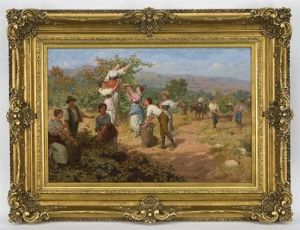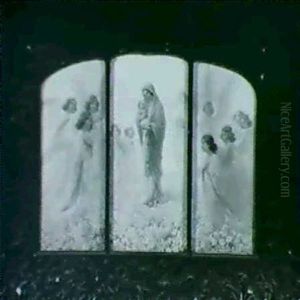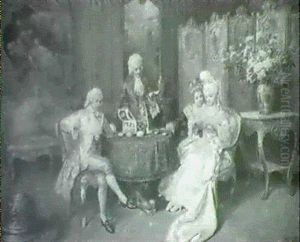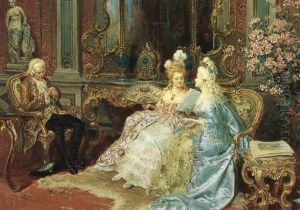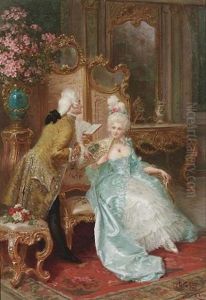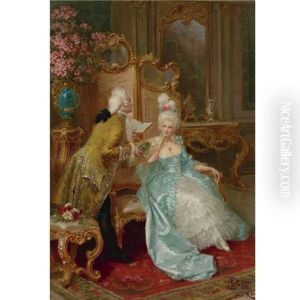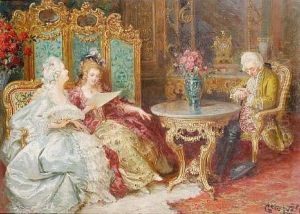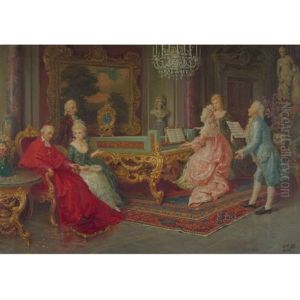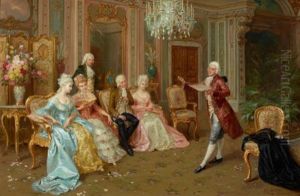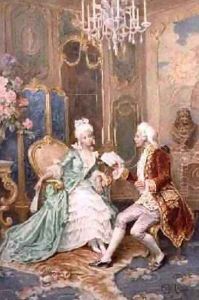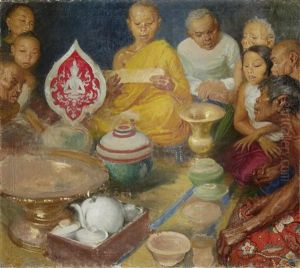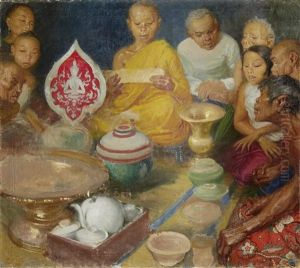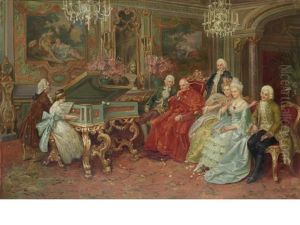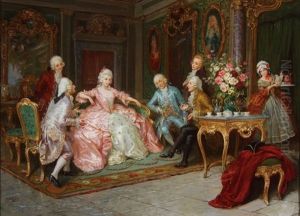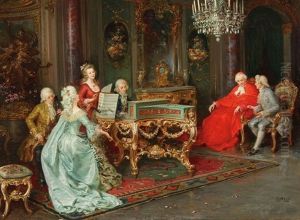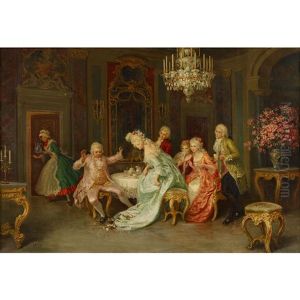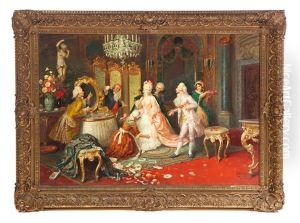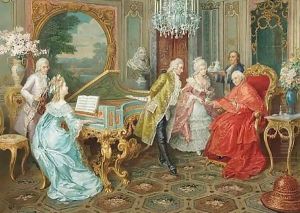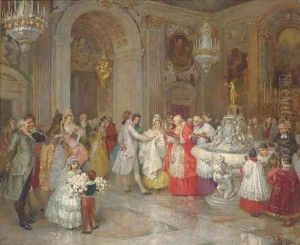Cleto Luzzi Paintings
Cleto Luzzi was an Italian artist, born in 1894 in Florence, Italy. Although not as widely recognized as some of his contemporaries, Luzzi's contributions to the art world during the early to mid-20th century were significant in his context. He was primarily known for his work as a painter, but he was also skilled in other artistic disciplines, including scenography and graphic design.
Luzzi's artistic journey began at a young age, attending the prestigious Academy of Fine Arts in Florence where he honed his skills in painting and drawing. His early work was influenced by the Macchiaioli group, an Italian art movement that predated Impressionism and emphasized the use of patches of color. He later shifted his style toward Futurism and then Novecento Italiano, an Italian art movement that aimed to renew Italian art by rejecting European avant-garde movements and focusing on traditional values.
During his career, Luzzi received various commissions for public and private works, including frescoes, which were characteristic of the time and spoke to his versatility as an artist. His work was part of the art competitions at the 1932 Summer Olympics and the 1936 Summer Olympics. Despite the political climate of Italy during his lifetime, which saw the rise and fall of Fascism, Luzzi managed to navigate the art world, although this period did influence Italian art in complex ways.
Cleto Luzzi's life was cut short when he passed away in 1952. His death marked the end of a career that had been rich with artistic exploration and contributions to Italian culture. Although his name may not be as widely celebrated as some of his peers, his work remains a testament to the diverse artistic currents that flowed through Italy during his lifetime. His paintings and other works are preserved in various collections and continue to be studied by art historians interested in early 20th-century Italian art.
